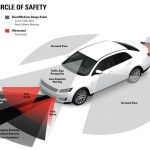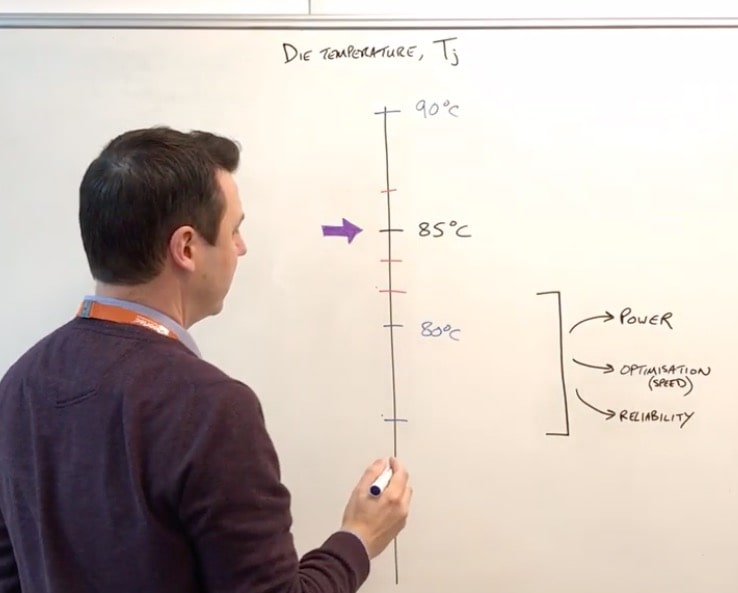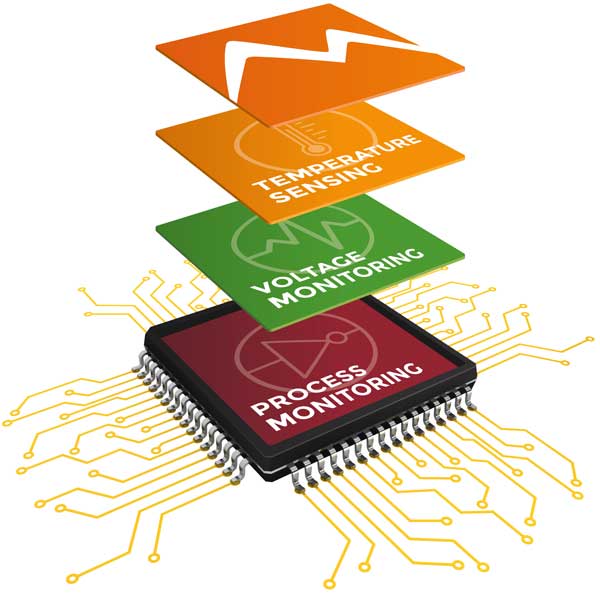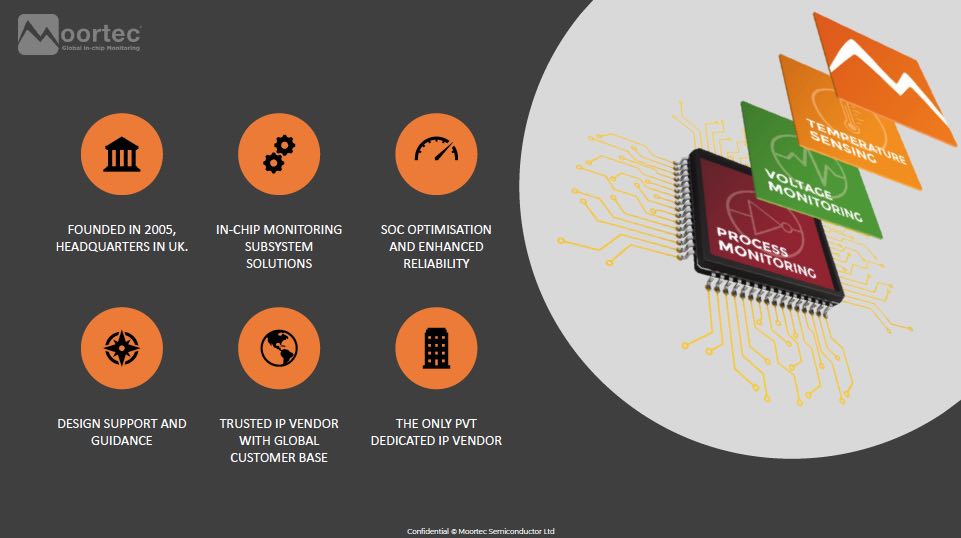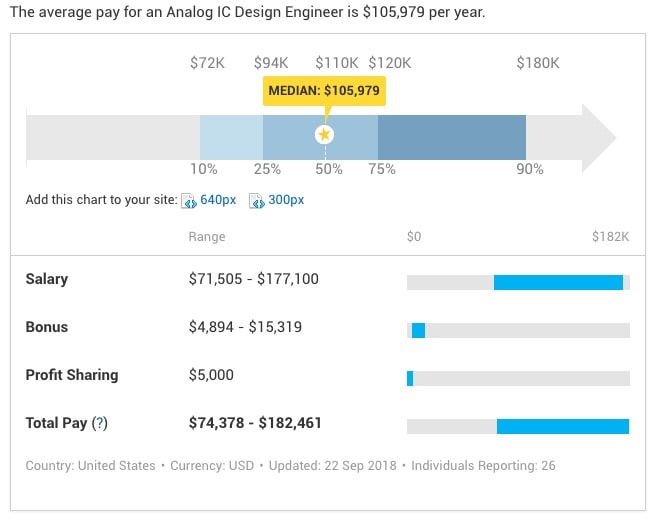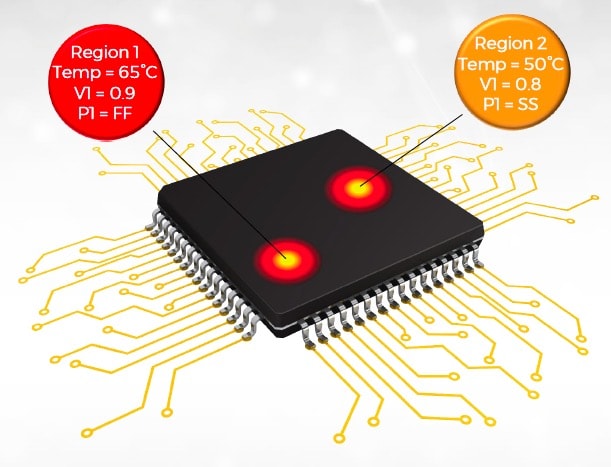You are currently viewing SemiWiki as a guest which gives you limited access to the site. To view blog comments and experience other SemiWiki features you must be a registered member. Registration is fast, simple, and absolutely free so please,
join our community today!
It is predicted that by 2030 energy consumption attributable to data centers will make up a staggering 8% of the world’s total usage!
As we move in to 2020 it’s clear that every sector of industry, including the semiconductor industry, will have a responsibility to address growing environmental concerns. We should be aware that… Read More
The rate of product development is facing very real challenges as the pace of silicon technology evolution begins to slow. Today, we are squeezing the most out of transistor physics, which is essentially derived from 60-year-old CMOS technology. To maintain the pace of Moore’s law, it is predicted that in 2030 we will need transistors… Read More
The Future Of Embedded Monitoring – February 2020by Stephen Crosher on 02-14-2020 at 10:00 amCategories: IP, Moortec
Shall I compare thee to a…Rolls Royce jet engine?
‘There is a new era dawning whereby deeply embedded sensing within all technology will bring about great benefit for the reliability and performance of semiconductor-based products.’ These were my words during a presentation to an industry audience in China back in September… Read More
I’ve been driving cars since 1978 and have even done a few DIY repairs in the garage, so I know how warm the engine compartment, transmission or exhaust system can become which makes automotive IC design rather unique in terms of the high temperature and voltage ranges that an electronic component is subjected to. Our safety… Read More
Webinars are a quick way to come up to speed with emerging trends in our semiconductor world, so I just finished watching an interesting one from Moortec about the benefits of embedded in-chip monitoring for Data Center and AIchip design. My first exposure to a data center was back in the 1960s during an elementary school class where… Read More
I remember working at Intel and viewing my first SPICE netlist for a DRAM chip, because there was this temperature statement with a number after it, so being a new college graduate I asked lots of questions, like, “What is that temperature value?”
My co-worker answered, “Oh, that’s the estimated junction… Read More
PVT – depending on what field you are in those three letters may mean totally different things. In my undergraduate field of study, chemistry, PVT meant Pressure, Volume & Temperature. Many of you probably remember PV=nRT, the dreaded ideal gas law. However, anybody working in semiconductors knows that PVT stands … Read More
We have all become so used to ‘smart’ things that perhaps in a way we have forgotten what it was like before many of the things we use day to day had sensors and microprocessors to help them respond to their environment. Cars are an excellent example. It used to be commonplace to run down your battery by leaving your lights on. Now cars … Read More
As an IC designer I absolutely loved embarking on a new design project, starting with a fresh, blank slate, not having to use any legacy blocks. In the early 1980’s we really hadn’t given much thought to re-using semiconductor IP because each new project typically came with a new process node, so there was no IP even ready… Read More
There’s an old maxim that you can only improve what you measure, so quality experts have been talking about this concept for decades and our semiconductor industry has been the recipient of such practices to such an extent that we can now buy consumer products that include chips with over 5 billion transistors in them. You’ve… Read More




